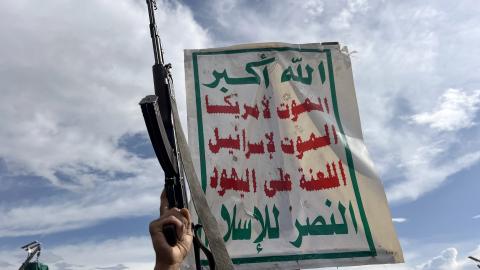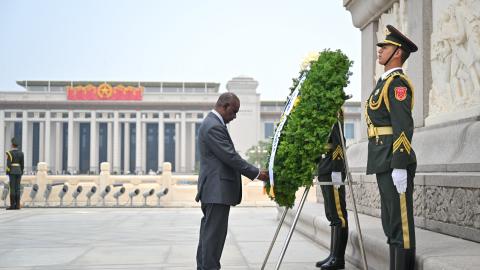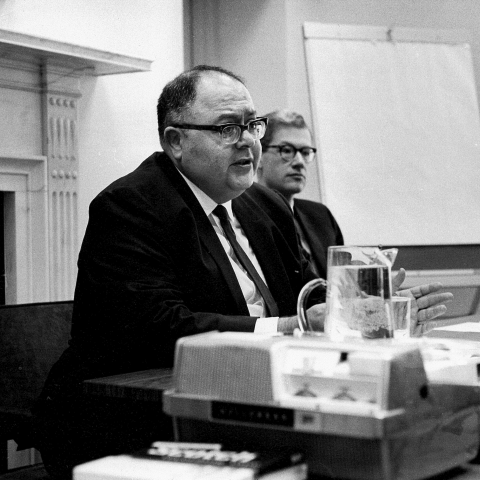Almost unnoticed outside the military, a significant change is occurring in the armed forces. With the backing of General Ray Odierno, the Army chief of staff, women, who make up almost 16 percent of the force, are being gradually introduced into positions the Army has classified as combat roles. Last week, the first 200 women reported to such jobs.
A similar transition is happening in the Marine Corps, which will begin enrolling women in their officers course later this year. Both changes are the result of a realization by senior military leaders that the recent wars we have fought--and any we are likely to fight in the near future--are counterinsurgencies, where there is no conventional front line or rear, and where terror attacks with improvised explosive devices have been the biggest threat to our military. In a context where a career supply driver--who may well be female--faces arguably more risk than an artillery specialist, it makes little sense to adhere to rigid classifications based on perceived mortal risk. Indeed, of the 135,000 women deployed to date in Iraq and Afghanistan, 77 have been killed in action (a classification that includes IED deaths). Brigadier General Barrye Price, director of human resources policy for the Army,
said, "The last 11 years of warfare have really revealed to us there are no front lines. There are no rear echelons. Everybody was vulnerable to the influence of the enemy."
Yet until now, Army women have been barred even from serving at battalion headquarters in the Army's 45 brigade combat teams. On a practical level, this has meant, say, that while women officers in Afghanistan could serve in the giant bases at Bagram or Kabul at division headquarters level, they could not work at the battalion headquarters scattered across many Afghan provinces. The women at division HQ are of course much more senior officers, majors and colonels. But it's at the BCT headquarters that careers are forged for junior officers.
Another part of the change is allowing women to apply for jobs in units involved in combat--which includes intelligence and planning positions that don't directly take women out into the field. Overall, as many as 14,000 new jobs will be open to women. (Army enlisted and officers apply for positions just as civilians do, with some obvious differences.)
Many members of the military--and vets--have been quick to say that a classification based on physical capability still makes sense. The average woman isn't as able to haul heavy gear up a rugged Afghan peak as quickly as the average man. So one of the most controversial elements of the planned changes is the Army's plan--leaked to Army Times--to allow women to start infantry basic training this fall, with those who pass able to attempt Ranger School. This is a course of legendary toughness that has around a 30 percent fail rate (though candidates are allowed to attempt it more than once). Some of my Ranger friends--90 percent of senior Army infantry officers wear the Ranger tab, and it is a nearly absolute prerequisite for command (as opposed to staff positions in units like the 82nd Airborne)--are probably horrified by this. This is one of the last bastions of male identity in the Army, with men reminiscing for years afterward about losing 30 percent of their body weight in the Southern swamps where it is staged. My own sense is that there are female outliers who can complete the Ranger course, just as there are female outliers who can beat 99 percent of men at tennis or running.
The issue of women's physical capabilities is an interesting one, since the demands are very different on the insurgents' versus counterinsurgents' sides. In Libya last summer, it occurred to me that women were not at much of a disadvantage on the rebel side. Few rebels wore body armor and most lugged nothing more than an assault rifle. Yes, it's harder to take the kick of a cheap machine gun at 120 pounds than at 180, but it's not as formidable a barrier as carrying the 70 pounds of body armor and gear that an American infantry soldier does, in addition to his assault rifle. What kept Libyan women from the front lines was cultural barriers--the same thing that until now has kept American women from many of the jobs just now opening up to them in the Army.












